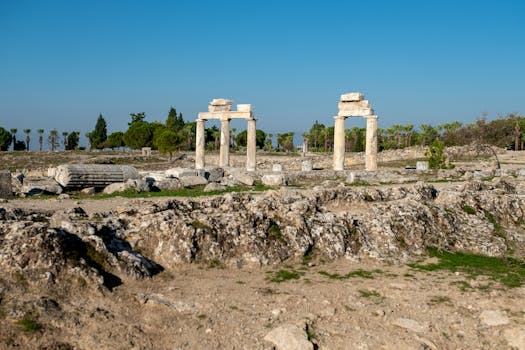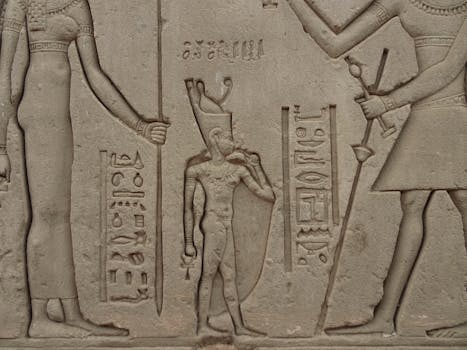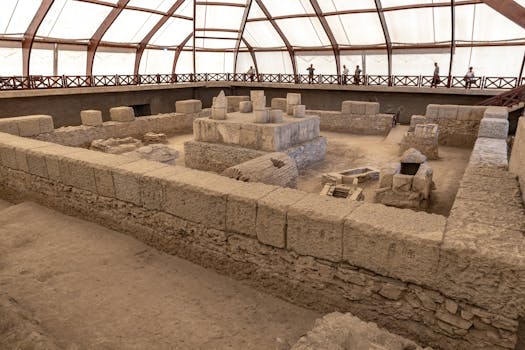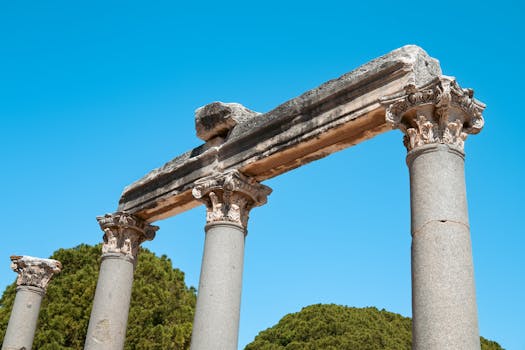
Unearthing the Past: Exploring Historical Artifacts from Ancient Civilizations
Takeaways: Historical artifacts offer invaluable insights into ancient civilizations, revealing their cultural practices, technological advancements, and daily life. Understanding these artifacts allows us to appreciate our shared human history and the legacy left by our ancestors.
Historical artifacts serve as tangible connections to our past, providing us with a window into the lives, beliefs, and practices of ancient civilizations. From the intricately carved stone tools of prehistoric communities to the ornate pottery of the ancient Greeks, these objects tell stories that transcend time. In this article, we will explore various historical artifacts from key ancient civilizations, examining their significance and what they reveal about our shared human heritage.
The Significance of Historical Artifacts

Artifacts are often categorized into various types based on their material, function, and cultural context. Some common types include:
- Tools and Weapons: Items such as flint knives, arrowheads, and spears provide insights into the technological advancements and survival strategies of ancient peoples.
- Pottery and Ceramics: These artifacts reveal much about daily life, trade practices, and artistic expression in ancient societies.
- Jewelry and Adornments: Decorative items often reflect social status, cultural beliefs, and artistic skills.
- Sculptures and Monuments: Large-scale works often depict religious beliefs, significant historical events, or important figures in a civilization.
Artifacts from Ancient Civilizations

1. Ancient Egypt
Perhaps one of the most studied civilizations, ancient Egypt is renowned for its monumental architecture and artifacts. The discovery of Tutankhamun’s tomb revealed a wealth of treasures, including the famous golden mask, which symbolizes the opulence and beliefs of the pharaohs. Hieroglyphics, engraved on tomb walls and artifacts, provide insights into their complex religion and social structure.
2. The Roman Empire
The Roman Empire has left behind numerous artifacts that illustrate its engineering prowess and cultural practices. The Colosseum, aqueducts, and roads are monumental constructions, while everyday items such as pottery and coins offer a glimpse into daily life. The intricate mosaics found in Roman villas illustrate their artistic achievements and societal values.
3. Mesopotamia
Often referred to as the cradle of civilization, Mesopotamia is home to some of the earliest known artifacts, such as cuneiform tablets that document one of the first writing systems. These tablets reveal administrative practices, literature, and laws. Additionally, artifacts like the Stele of Hammurabi showcase early legal codes and governance.
4. Ancient Greece
The legacy of ancient Greece is evident in its artifacts ranging from pottery to sculptures. The Parthenon marbles, originally part of the Parthenon temple in Athens, reflect the artistic excellence of Greek sculptors. Additionally, pottery with painted scenes provides insights into mythology, daily life, and social norms.
Preservation and Challenges

Conclusion








